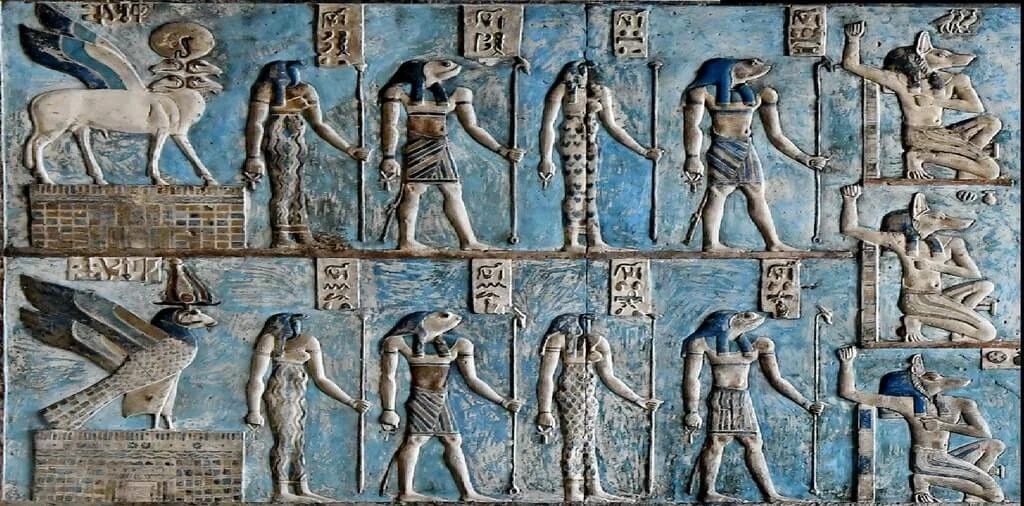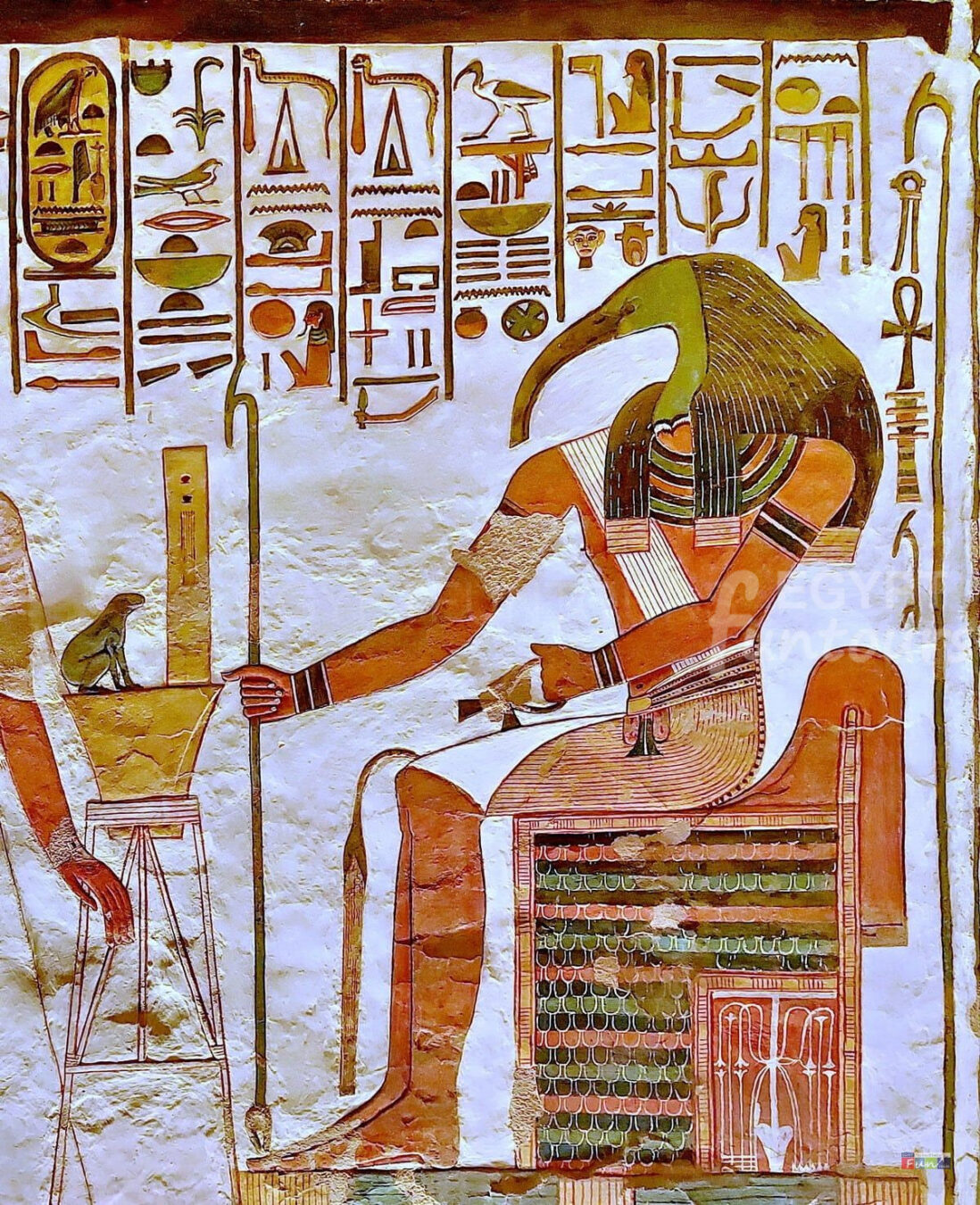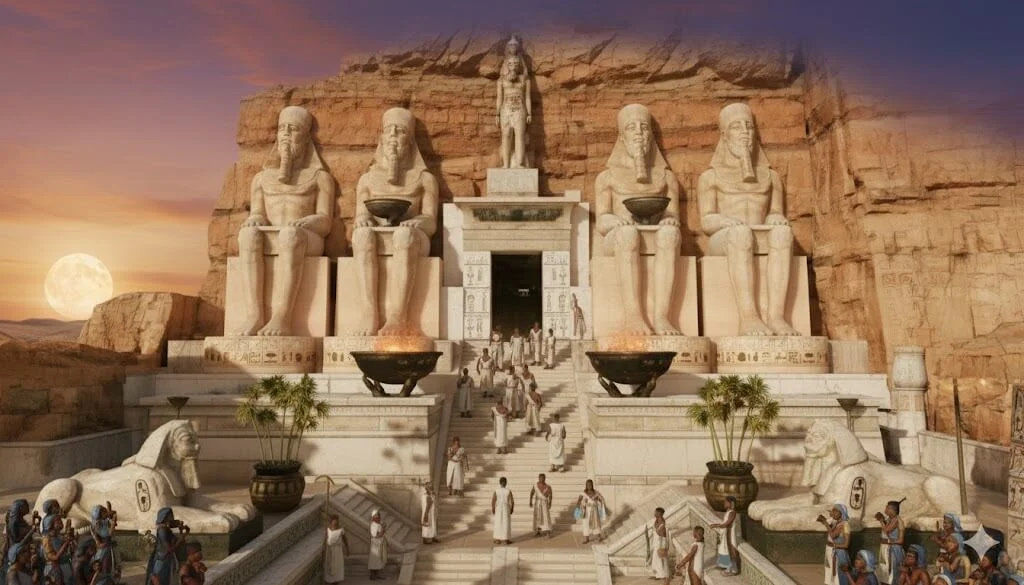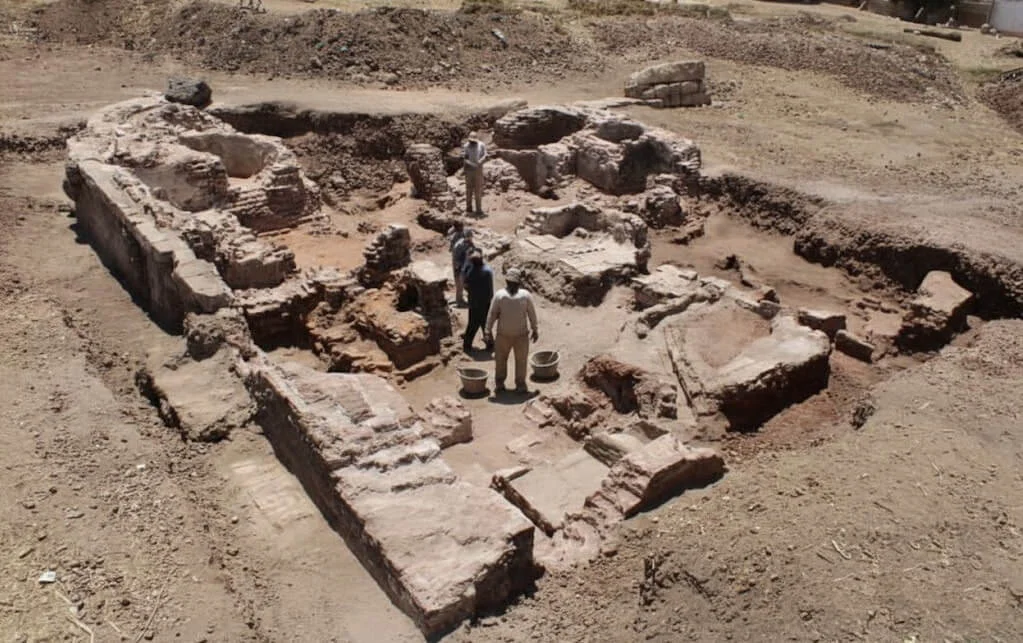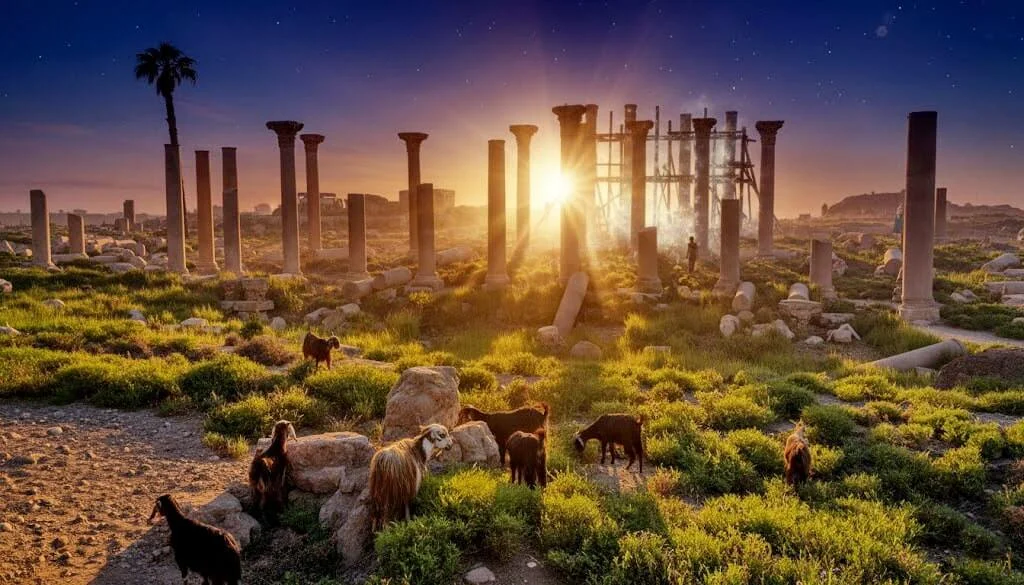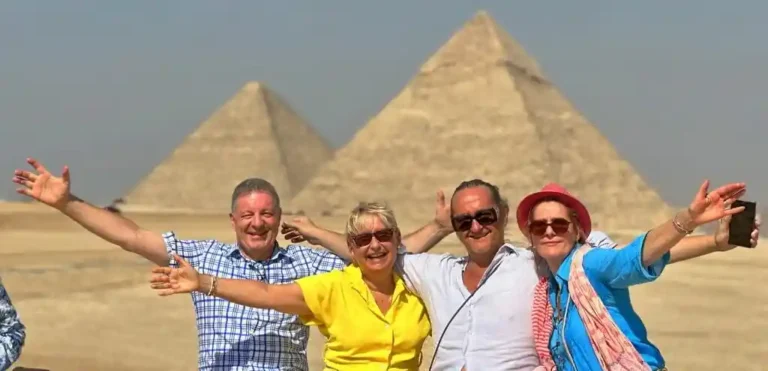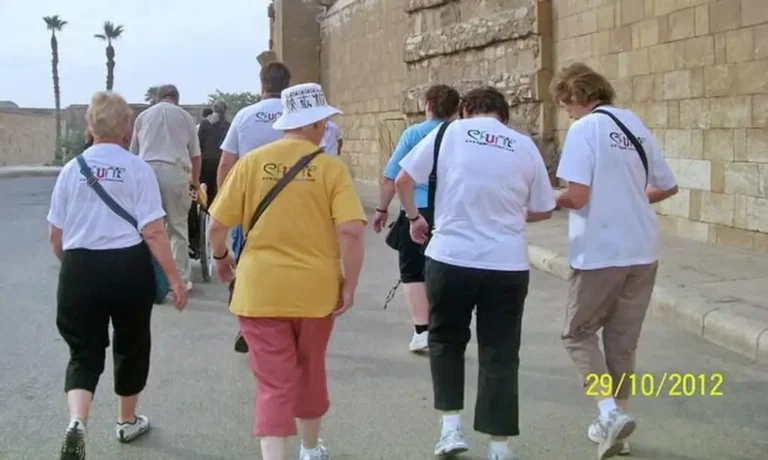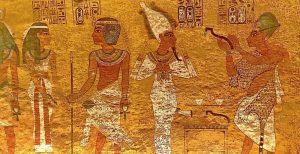The City of Wisdom and Myth
The desert sands hold many secrets. Among the greatest is the Ancient City of Hermopolis. Greeks called it Hermopolis Magna. Egyptians called it Khmunu. This city was far more than just a capital. It was the intellectual heart of ancient Egypt.
Hermopolis pioneered a unique creation story. It gave the world the Ogdoad, the “Primal Eight” gods. The city was the supreme center of the god Thoth. Thoth was the divine patron of writing and wisdom.
This comprehensive guide explores the rich history. It details the profound mythological role of the Ancient City of Hermopolis. We will explore its sacred cults. We will trace its political power. This city’s influence shaped Egyptian thought for millennia. Its concepts are vital to understanding Ancient Egyptian Cosmology. Prepare to explore one of the ancient world’s most brilliant centers of learning.

